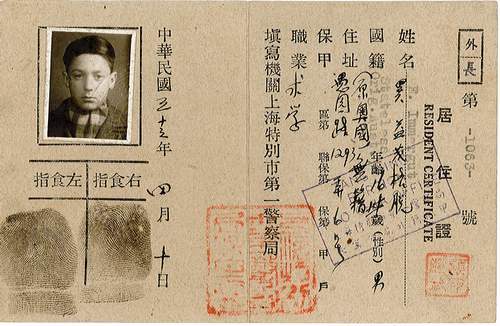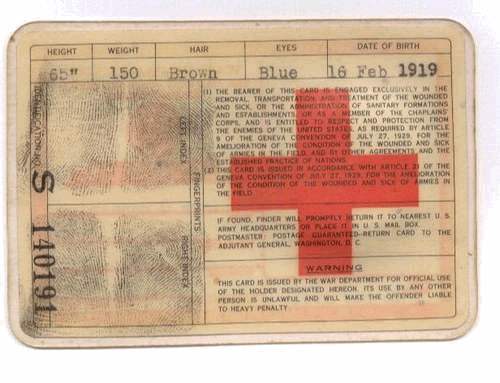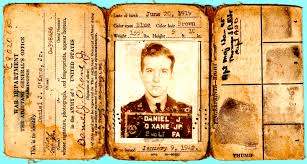
How the fingerprint card is prepared?
Quality of the fingerprint card
Fingerprint enrollment service of RECOWARE
Child fingerprinting “campaign"
Lost children, some statistics
The fingerprint has become “civilized”
Non-governmental organizations


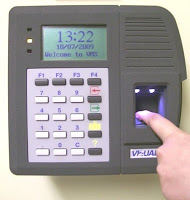
Record of working hours
.jpg)
So as not to mistake it for something else!

The new iPhone
.jpg)
Unlosable key
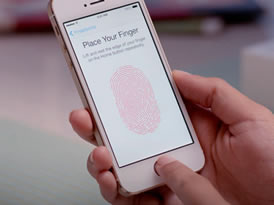
iPhone

Where will the child get on and get off? Following tracks of the child by fingerprint identification, from home to the school and backwards.

This “lunch ticket” cannot be lost!
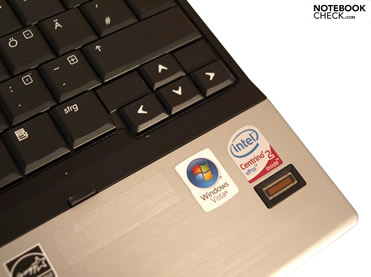
It is not possible for other people to read your documents!
The fingerprint as a motive appears on
Moreover, the fingerprint identification have already proved its usefulness several times in authenticity control.
Here is a bunch of such examples
(click the picture)
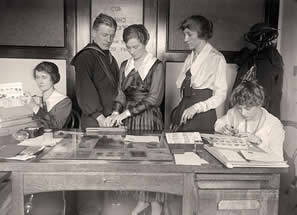
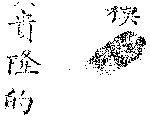
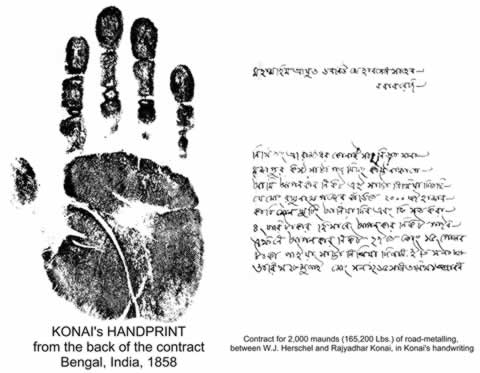
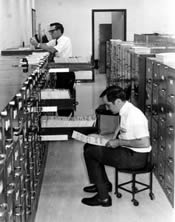
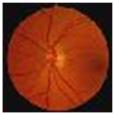
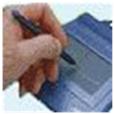


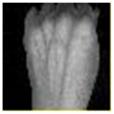


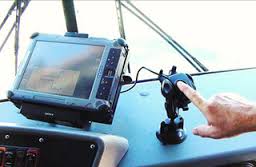
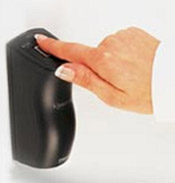
Instead of an entry card
At the end of 1800’s, when it was discovered that perpetrators of a crime could be identified based on their fingerprints (Vucetich), TP card preparation was started in large numbers and TP card archives began to be created. And since then, the TP card preparation and identification was almost fully monopolized by the police, by the law enforcement.
“criminal” and “fingerprint preparation”, respectively, were connected notions until the end of the 80’s.
Despite the fact that technical possibilities were ready for its civilian applications (e.g. in security systems), introduction of fingerprinting was still delayed by the significant social aversion.
People were not anxious to provide their portraits, their eyes (iris, retina), their palms (palm geometry), their voices (voice identification), but that finger... they were anxious to apply their fingers. “Since if it is a fingerprint, then I will be regarded a criminal”.
It was perhaps in the early 2000’s, when it became possible for fingerprint identification to get rid of this “criminal” prejudice; since then it began to penetrate into civilian everyday life.
And fingerprint identification became “our friend”, as it simplifies our everyday life and is able to make it more safe, because fingerprint identification can easily be automated.
